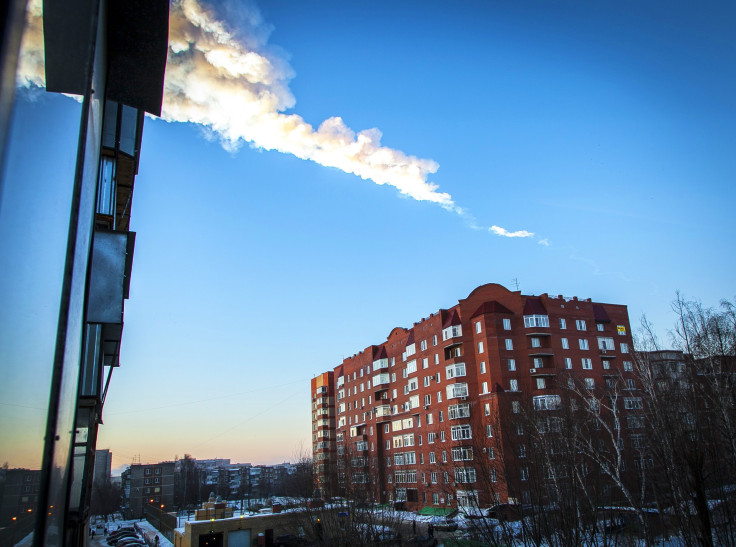3 Fireballs In 3 Days: Meteorites Recovered After Consecutive February Sky Events
KEY POINTS
- There were three fireball events in mid-February
- Some videos of the events were captured
- Resulting meteorites from the events have been recovered
February has been rife with fireball events. Three events happened in just a span of three days, all leading to the discovery of meteorite pieces.
The fireball cluster occurred around Valentine's Day. It all started with the discovery of the asteroid 2023 CX1. It entered the atmosphere just a few hours later and erupted as a bright fireball over Europe at 2:59 UTC on Feb. 13 (9:59 p.m. EST on Feb 12).
Apart from being a stunning fireball event that many people caught on video, it was also quite historic, as it was only the seventh asteroid to be discovered before entering the atmosphere.
As predicted, ~1m diameter Asteroid 2023 CX1 exploded over the English Channel this morning.
— AMSMETEORS (@amsmeteors) February 13, 2023
If you saw this event, please report it here:https://t.co/qRilnZsyyF
Si vous avez vu ce phénomène, vous pouvez nous donner des détails ici: https://t.co/LgGTBFJ9X0 pic.twitter.com/pZaecjTgD5
Just a few hours later on the evening of Feb. 14, another fireball entered the atmosphere, this time over Southern Italy, according to the American Meteor Society (AMS). Although there wasn't as much footage of the event, the AMS has so far received 34 reports about it. And the one video it received truly shows how brightly it lit up the Valentine's Day evening sky.
Finally, on Feb, 15, residents in Rio Grande Valley, Texas, were disrupted by a loud boom and the shaking of the ground, which NASA reportedly confirmed to be from a 1,000-pound meteor. It evidently released energy that was equivalent to 8 tons of TNT and broke into several fragments.
In all three cases, enthusiastic meteorite hunters found meteorite fragments resulting from the events, according to the AMS. A group of professionals and volunteers found the first of several pieces left by the Feb. 13 event in France two days after it occurred. It also took just a few days for the first fragments of what's now known as the "Valentine's Day meteorite" to be recovered.
First meteorite from asteroid 2023CX1 found in France. https://t.co/JuMUeRRfJU
— AMSMETEORS (@amsmeteors) February 15, 2023
Similarly, the first meteorite from the Texas event was reportedly recovered on private property by Feb. 18.
Interestingly, the fireball cluster happened around the 10th anniversary of the Chelyabinsk meteor event, which took place on the morning of Feb. 15, 2013. At the time, residents of the Russian city witnessed an asteroid exploding in the atmosphere.
At about 20 meters in diameter, the asteroid began to burn up once it hit the atmosphere and exploded less than 19 miles from the surface, according to The Planetary Society. The explosion was so bright that, for a brief moment, it flashed brighter than the Sun.
It released as much as 30 times more energy than the atomic bomb in Hiroshima, sending shockwaves that ended up damaging thousands of buildings and injuring some 1,500 people.
"Luckily, the explosion happened high enough off the ground that its energy was mostly absorbed into the atmosphere," according to The Planetary Society. "If it had happened lower, or if the asteroid had hit the ground intact, the damage could have been unlike anything in human history."

© Copyright IBTimes 2025. All rights reserved.






















